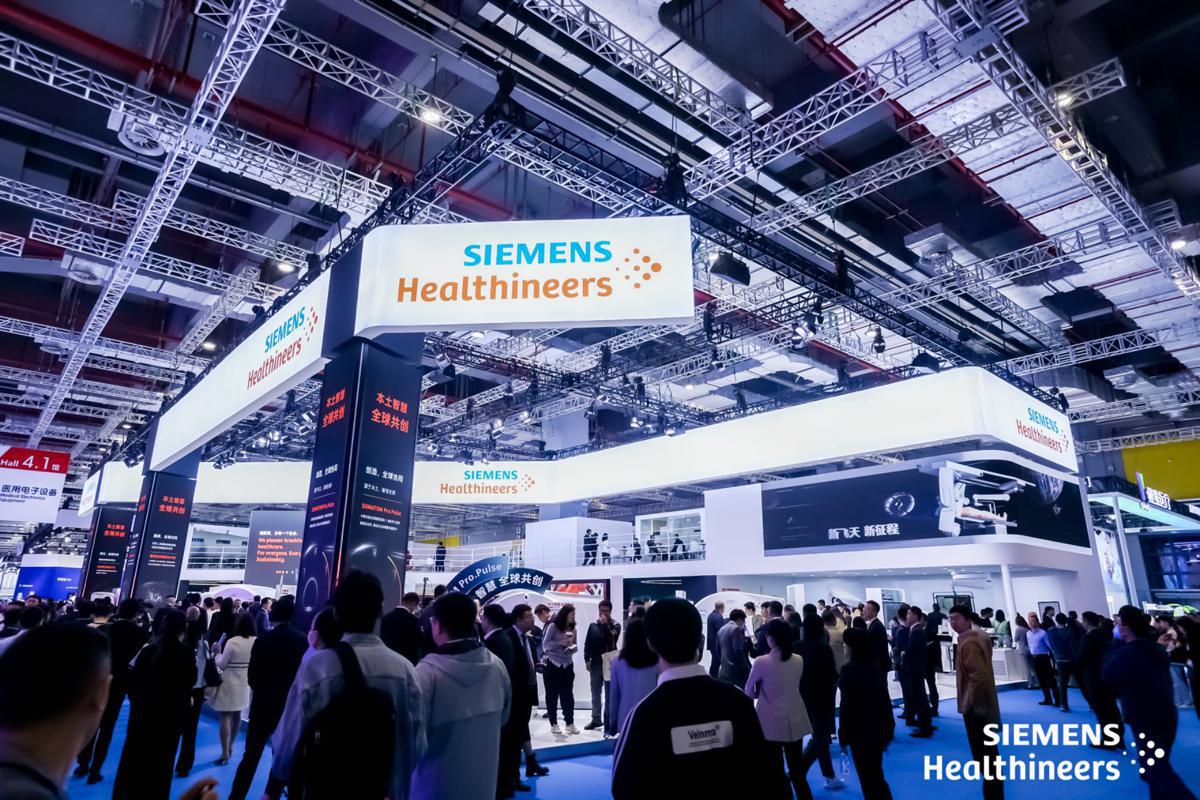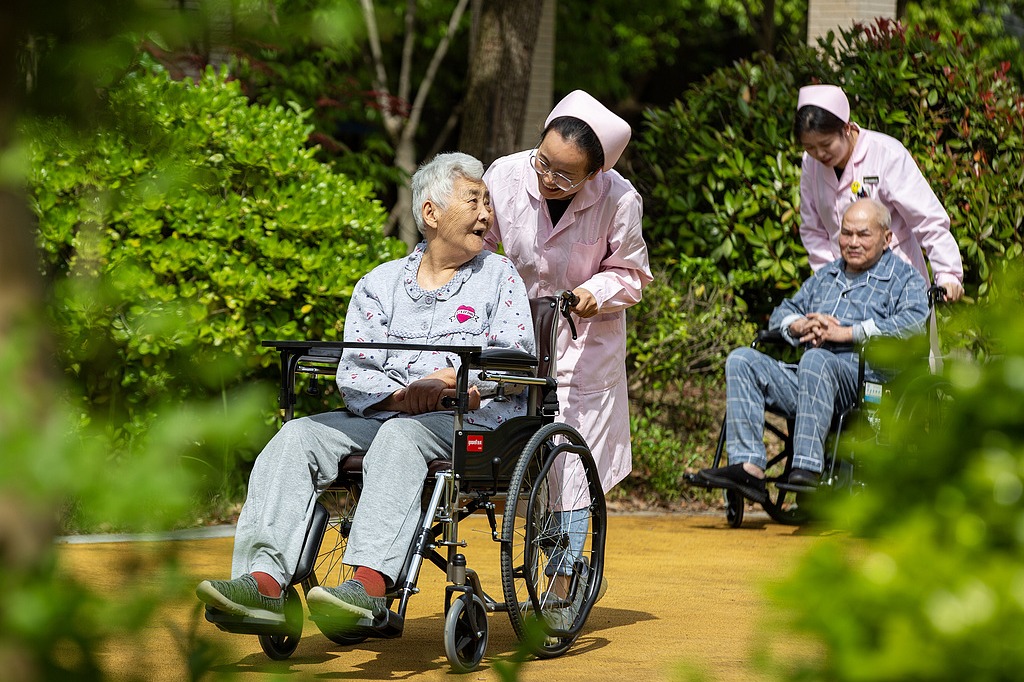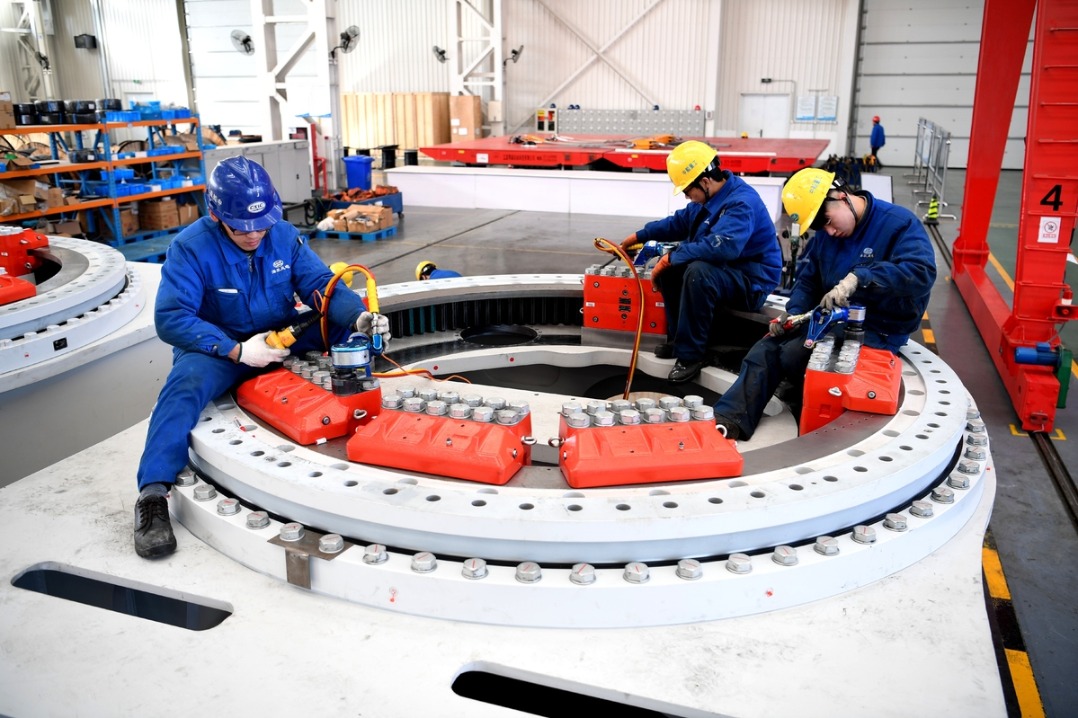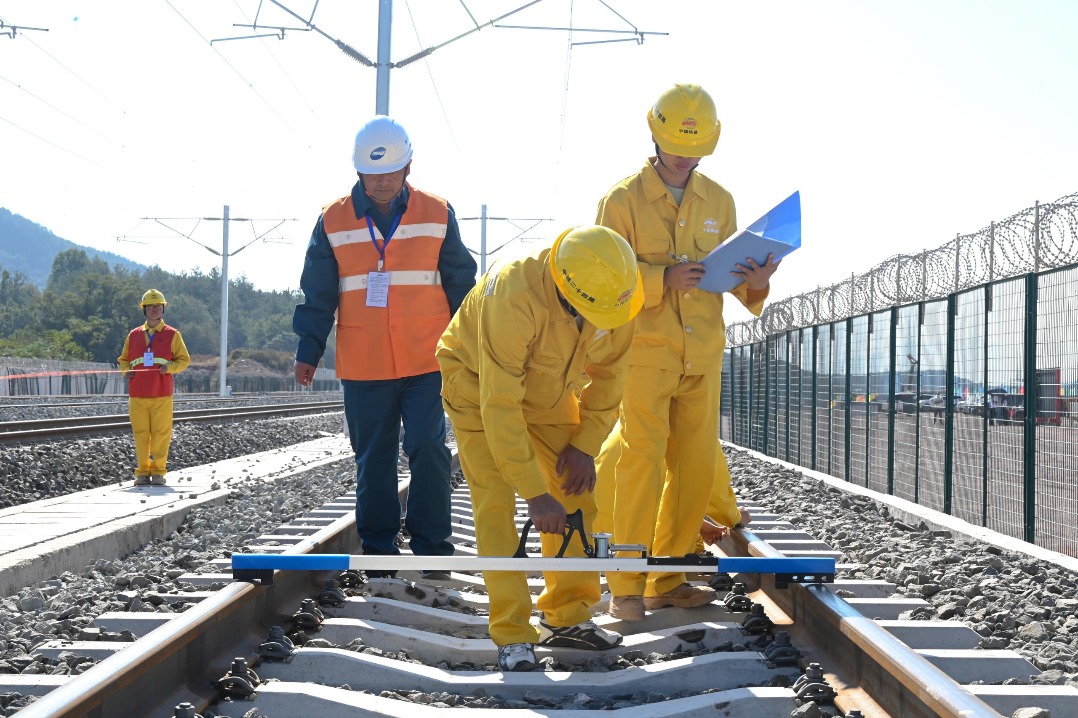Siemens Healthineers commit to increase localization in China


Germany-based Siemens Healthineers pledged to deepen localization in China with an increasing number of localized products and the continuous localization of its supply chain as they have noticed the capability of independent innovation from the country, said the company's top executive for China.
The company's China factories will be able to produce all its variety of products, including imaging and laboratory diagnostic products, said Jerry Wang, president of Siemens Healthineers Greater China and member of the Global Leadership Committee of Siemens Healthineers, during a media interview ahead of the 2024 China Medical Equipment Fair, the largest industry fair in the country, which opened in Shanghai on Thursday.
"As the multinational company with roots in the Chinese market with the longest history - 30 years - in this field, the ratio of localized production at present is already quite high, and this process is still advancing," said Wang.
"For example, our latest 7T MRI equipment will be produced in China in the near future. It's the top-of-the-line product among our MRI equipment," he said.
The company's bases in Shanghai and Shenzhen have always been global, said Wang.
"According to the global output, many products, and imaging ones in particular, are produced in Shanghai and Shenzhen only, and they have always been supplied to the world. More than half of our products from Shanghai and Shenzhen bases are sold overseas," he said.
The localization rate of the company's supply chain in the country has exceeded 80 percent. The way forward will be a more sophisticated supply chain with better quality, higher stability and lower cost, he said.
Lena Wang, vice-president of Siemens Healthineers Greater China, said that localization refers to not only production but also local innovation.
"For example, we've been helping build the local innovation ecosystem, which can assist local innovation and enhance local innovation capabilities," she said.
Innovative ideas from China are benefiting the world, and the number of such cases will be rising at an accelerated pace, said Jerry Wang.
For example, he said, the company launched a new high-end, dual-source CT device at the 2023 Radiological Society of North America held in Chicago in November. The overall design concept, product design and project negotiation of the equipment were contributed by the company's Chinese team.
"Such a product based on the clinical, digital and cost needs from the China market was something we initially believed to meet the needs of the local market, but was later recognized and welcomed by many foreign markets as well," he said.




































